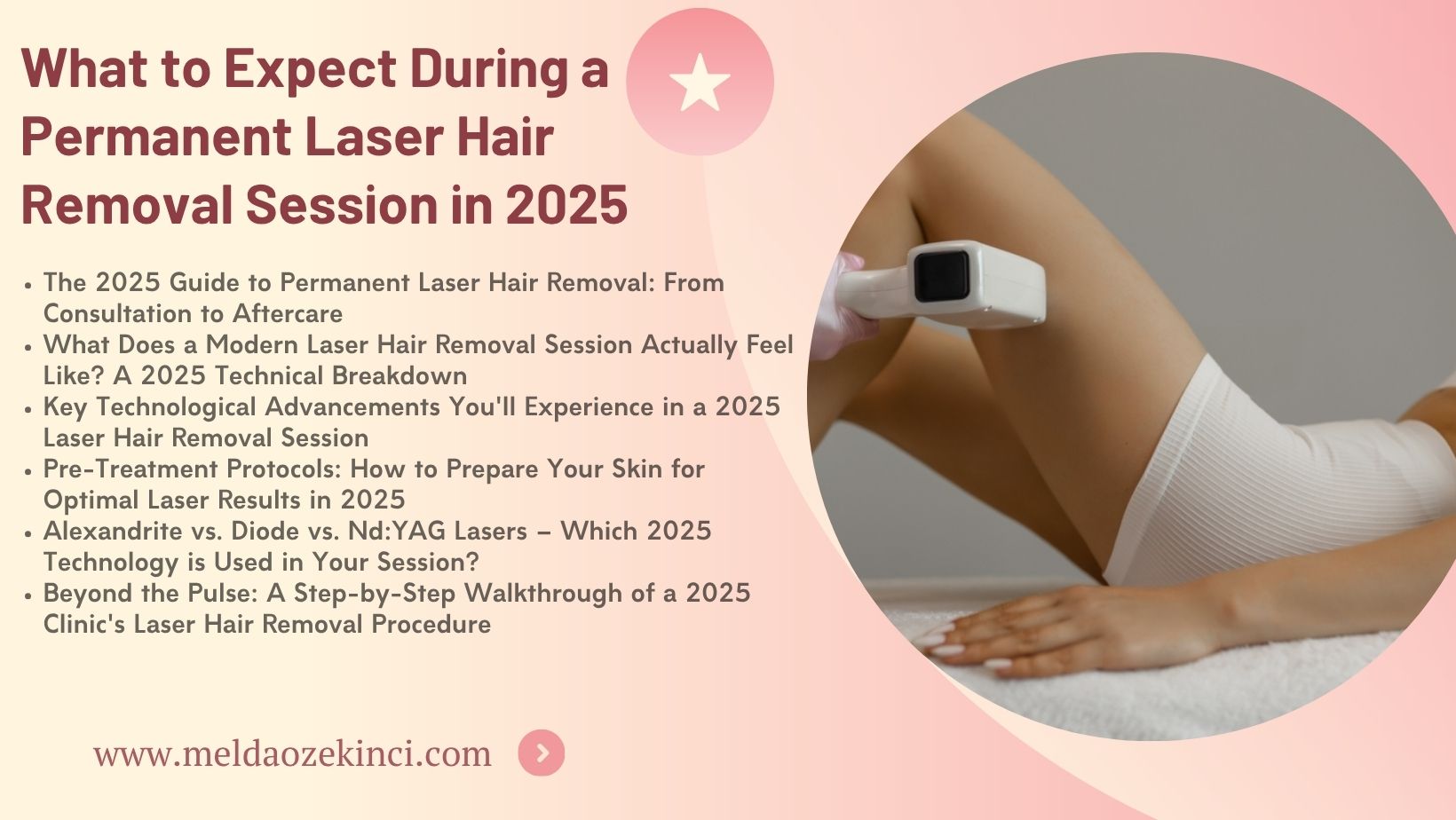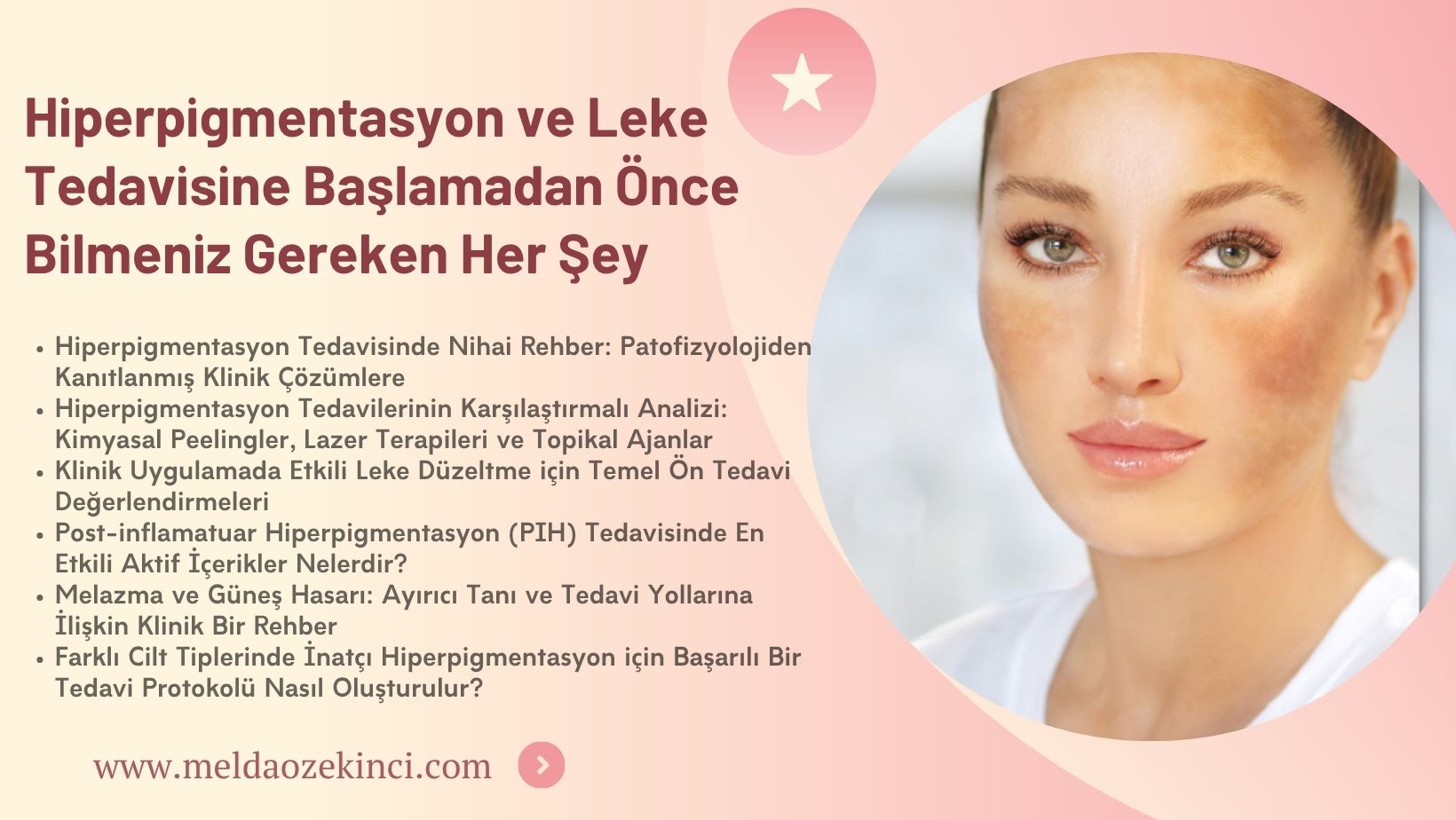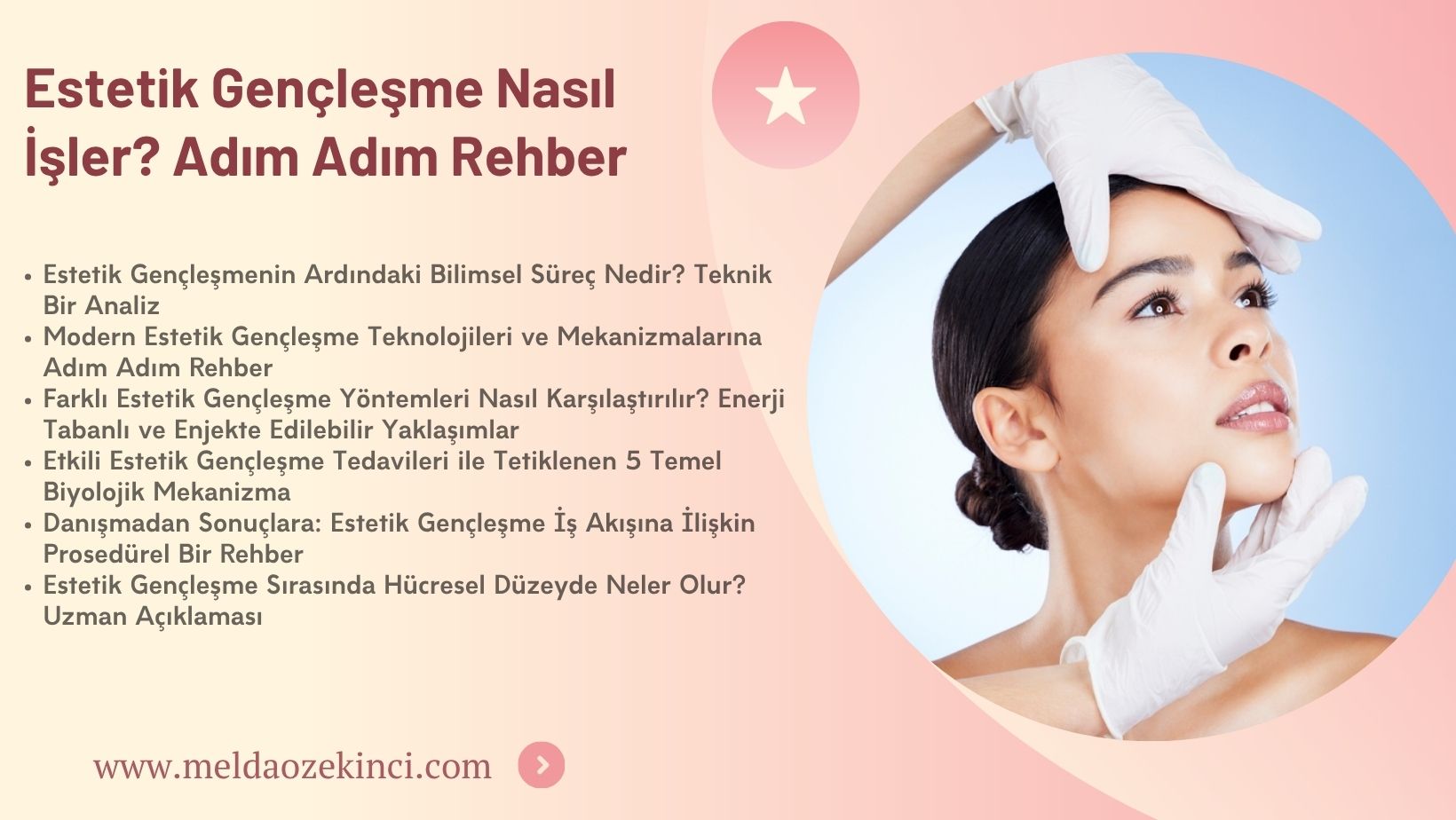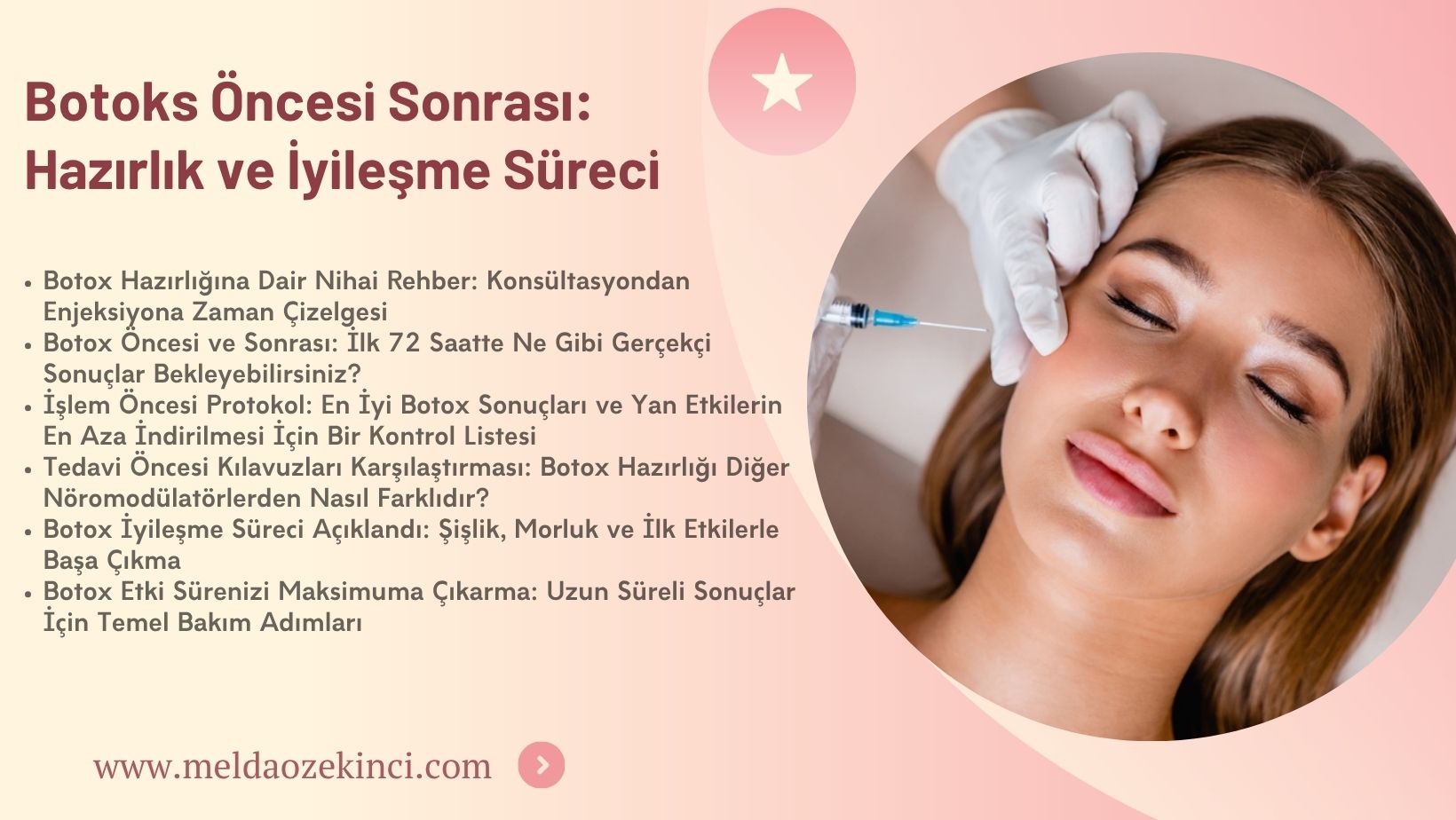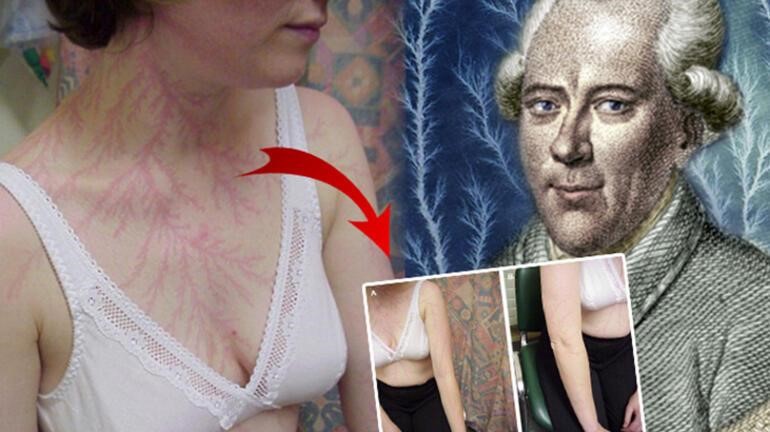Table of Contents
- The 2025 Guide to Permanent Laser Hair Removal: From Consultation to Aftercare
- What Does a Modern Laser Hair Removal Session Actually Feel Like? A 2025 Technical Breakdown
- Key Technological Advancements You'll Experience in a 2025 Laser Hair Removal Session
- Pre-Treatment Protocols: How to Prepare Your Skin for Optimal Laser Results in 2025
- Alexandrite vs. Diode vs. Nd:YAG Lasers – Which 2025 Technology is Used in Your Session?
- Beyond the Pulse: A Step-by-Step Walkthrough of a 2025 Clinic's Laser Hair Removal Procedure
The 2025 Guide to Permanent Laser Hair Removal: From Consultation to Aftercare
The 2025 Guide to Permanent Laser Hair Removal: From Consultation to Aftercare serves as a critical technical specification document for engineering teams developing next-generation aesthetic devices. It provides a comprehensive framework detailing the entire client journey, which is essential for mapping user experience workflows and identifying key touchpoints for hardware and software integration.
From a product management perspective, the guide's emphasis on pre-treatment consultation underscores the necessity for robust system integration between skin typing sensors and treatment parameter databases. This ensures a high degree of treatment efficacy and patient safety by automatically calibrating fluence and pulse duration based on individual biometric data, a core feature highlighted by Dermatoloji Uzmanı Doktor Melda Özekinci.
The procedural sections of the guide offer invaluable data for performance optimization of laser systems. By analyzing the recommended protocols for different anatomical areas, engineers can refine cooling mechanisms and spot size delivery to maximize energy efficiency and minimize treatment times, directly impacting clinic throughput and profitability.
Commercial decision-makers will find the aftercare protocols instrumental in developing predictive analytics models for patient compliance and long-term outcomes. Integrating these guidelines into a companion application allows for remote monitoring and personalized recommendations, enhancing client retention and creating new revenue streams through consumable aftercare products.
This guide functions as a blueprint for achieving scalability in the aesthetic industry. It provides the foundational operational knowledge required to standardize treatments across multiple clinic locations, ensuring consistent results and mitigating operational risks, thereby solidifying the commercial viability of the entire laser hair removal ecosystem.
What Does a Modern Laser Hair Removal Session Actually Feel Like? A 2025 Technical Breakdown
For product managers and engineers developing next-generation aesthetic devices, understanding the subjective patient experience is as critical as the underlying biophysics. The sensation of a modern laser hair removal session in 2025 is a direct result of deliberate engineering choices aimed at maximizing treatment efficacy while minimizing discomfort, a key commercial differentiator.
The core sensation is best described as a rapid, warm pinprick followed by an immediate cooling effect. This is achieved through integrated contact cooling systems, often utilizing a chilled sapphire tip on the handpiece. The sapphire's high thermal conductivity precools the epidermis before the laser pulse, protecting it, while the pulse itself delivers controlled photothermal energy to the melanin-rich hair follicle.
The perception of pain is heavily influenced by the device's pulse duration. Modern systems operate with ultra-short, millisecond-range pulses that deposit energy faster than the pain receptors can transmit signals, a principle known as thermal relaxation time. Advanced real-time skin type sensors further modulate parameters like fluence and pulse width automatically, ensuring safety and comfort across diverse Fitzpatrick skin types.
As noted by Dermatoloji Uzmanı Doktor Melda Özekinci, the integration of these technologies has transformed the procedure from a painful experience to a highly tolerable one, directly impacting client retention and clinic throughput. The strategic application of dynamic cooling devices (DCD) is a prime example of engineering solving a core user-experience problem, making high-power treatments feasible without topical anesthetics.
From a commercial standpoint, the reduced perception of pain allows for the use of higher, more effective energy levels, leading to fewer required sessions and superior long-term hair reduction. This efficiency is a significant selling point for clinics. For engineers, the focus is on refining the thermal gradient between the epidermis and the follicle, optimizing the delicate balance between patient comfort and definitive follicular destruction.
The 2025 standard thus represents a mature technology where the user's physical sensation is a precisely managed variable. This engineering success translates directly into commercial viability, as comfortable, effective, and rapid sessions drive market adoption and define the leading brands in the competitive aesthetic device landscape.
Key Technological Advancements You'll Experience in a 2025 Laser Hair Removal Session
The 2025 laser hair removal session is defined by a paradigm shift towards integrated systems that leverage real-time adaptive technology. This core advancement moves beyond static settings, employing multispectral sensors to continuously analyze skin tone, moisture levels, and hair density during the procedure. This dynamic feedback loop allows the system to auto-adjust pulse duration and fluence, ensuring optimal safety and efficacy for every individual follicle, thereby maximizing patient comfort and treatment speed.
Underpinning this adaptive capability is the sophisticated use of artificial intelligence algorithms for predictive treatment optimization. These AI models, trained on vast datasets of clinical outcomes, can forecast the ideal number of sessions and energy parameters for long-term hair reduction based on initial patient characteristics. This transforms the service from a reactive process to a predictable, data-driven regimen, enhancing clinic throughput and customer satisfaction through personalized treatment plans.
The hardware evolution is equally significant, with the commercialization of multi-wavelength platforms becoming the industry standard. Unlike single-wavelength devices, these systems can emit a spectrum of light, from Alexandrite to Nd:YAG and Diode, within a single handpiece. This versatility allows practitioners, such as Dermatoloji Uzmanı Doktor Melda Özekinci, to treat a vastly broader patient demographic, from very fair to dark skin types, with unparalleled precision and reduced risk of side effects like hyperpigmentation.
Furthermore, the integration of robotic-assisted precision is enhancing both consistency and operator ergonomics. These systems provide micro-adjustments to the handpiece, maintaining the perfect angle and distance from the skin surface with unerring accuracy. This not only improves the uniformity of energy delivery but also reduces practitioner fatigue, leading to more consistent results across high-volume daily operations.
Finally, the entire ecosystem is connected via the Internet of Things (IoT), enabling comprehensive predictive maintenance and remote diagnostics. Key components like the laser's cooling system and optical path are continuously monitored. This connectivity allows for the early detection of potential faults, scheduling maintenance before a critical failure occurs, thus minimizing clinic downtime and ensuring operational reliability.
From a commercial perspective, these advancements converge to create a powerful value proposition. The combination of faster treatment cycles, broader patient eligibility, and reduced operational downtime directly increases revenue potential. The enhanced safety profile and personalized approach, powered by AI, also serve as significant competitive differentiators in a crowded market, building trust and justifying premium pricing.
Pre-Treatment Protocols: How to Prepare Your Skin for Optimal Laser Results in 2025
The efficacy of any laser-based dermatological system is fundamentally linked to the treatment protocols established prior to energy delivery. In 2025, pre-treatment regimens have evolved from simple preparatory steps into sophisticated, data-driven processes that directly influence clinical outcomes and operational efficiency. The core objective is to standardize the skin's condition, thereby enhancing the treatment efficacy of the laser and minimizing adverse events.
Modern pre-treatment involves a comprehensive skin assessment that extends beyond visual inspection. This includes analyzing skin typology, hydration levels, and barrier function through non-invasive tools. As noted by Dermatoloji Uzmanı Doktor Melda Özekinci, a predictable substrate is critical for predictable results. This standardization allows for the optimization of laser parameters, leading to a higher degree of patient safety and satisfaction, which are key commercial drivers for clinic adoption.
From an engineering perspective, these protocols protect the capital investment in laser equipment. Properly prepared skin absorbs laser energy more efficiently, reducing the required fluence and number of passes needed to achieve the desired endpoint. This translates to reduced procedure times, lower consumable costs, and decreased wear on laser components, directly impacting the total cost of ownership and improving operational workflow for high-volume practices.
The commercial implications are significant. A robust pre-treatment system, often involving specific topical agents for a defined period, creates a recurring revenue stream for product managers. It also serves as a key differentiator in a competitive market, positioning a clinic or technology as adhering to the highest standards of care. This clinical differentiation is a powerful marketing tool that justifies premium pricing.
The 2025 approach to pre-laser preparation is a holistic system integrating biocompatible prepping agents, diagnostic tools, and patient compliance tracking. This integrated approach ensures that the skin's biophysical properties are optimized to act as a consistent medium for laser energy, maximizing both therapeutic outcomes and the return on investment for healthcare providers. This represents a mature understanding that the success of a laser procedure begins long before the device is activated.
Alexandrite vs. Diode vs. Nd:YAG Lasers – Which 2025 Technology is Used in Your Session?
In the rapidly advancing landscape of industrial and medical-grade laser systems, selecting the appropriate wavelength technology is a critical commercial decision that directly impacts process efficiency and return on investment. The fundamental distinction between Alexandrite, Diode, and Nd:YAG lasers lies in their unique photonic properties, which dictate their suitability for specific applications.
Alexandrite lasers, operating at a 755 nm wavelength, offer superior absorption for specific pigments and materials. This makes them exceptionally effective for high-precision tasks requiring selective photothermolysis, where the goal is to target a particular chromophore without damaging surrounding structures. Their high peak power enables rapid processing speeds, a key factor in high-throughput industrial environments.
Diode laser systems are renowned for their unparalleled operational efficiency and compact form factor. Emitting in a range typically between 800 nm and 1100 nm, they provide a robust and cost-effective solution for continuous-duty applications. Their solid-state design offers exceptional reliability and lower total cost of ownership, making them ideal for integration into automated production lines where consistent, long-term performance is paramount.
The Nd:YAG laser, with its deep-penetrating 1064 nm beam, remains the technology of choice for applications requiring significant thermal relaxation and volumetric heating. This deeper dermal penetration is crucial for treating larger targets or materials located beneath surface layers. Modern Nd:YAG systems feature advanced cooling mechanisms that ensure stability and prolong the system's operational lifespan, even under demanding conditions.
The optimal choice hinges on a detailed analysis of the target's optical properties and the desired biophysical effect. As noted by Dermatoloji Uzmanı Doktor Melda Özekinci, understanding the specific interaction between light and matter is non-negotiable for achieving predictable and effective outcomes. A thorough technical specification review is essential to match the laser's output with the application's fundamental requirements.
The 2025 landscape is not about a single superior technology, but about the strategic application of each laser type's strengths. The most advanced systems now incorporate multi-wavelength platforms, allowing operators to select the ideal wavelength for a given task, thereby maximizing versatility and process optimization across diverse operational scenarios.
Beyond the Pulse: A Step-by-Step Walkthrough of a 2025 Clinic's Laser Hair Removal Procedure
The industrial design and commercial deployment of advanced aesthetic technologies require a deep understanding of integrated system workflows. This essay provides a granular, step-by-step analysis of a 2025 clinic's laser hair removal procedure, focusing on the operational workflow optimization that underpins both clinical efficacy and business profitability.
The initial phase involves a critical diagnostic imaging step, where multi-spectral analysis of the patient's skin and hair follicle structure is performed. This data-driven approach, developed under the guidance of Dermatoloji Uzmanı Doktor Melda Özekinci, allows for the creation of a personalized treatment parameter set, ensuring optimal energy delivery based on individual biometric data.
The core of the procedure leverages a sophisticated thermal management system integrated within the laser handpiece. This subsystem is crucial for maintaining consistent epidermal cooling throughout the pulse delivery, a key factor in patient comfort and safety. The technology achieves precise selective photothermolysis, targeting the melanin in the hair follicle while sparing the surrounding tissue.
Real-time feedback control mechanisms are a defining feature of the 2025 system. Sensors monitor skin response milliseconds after each pulse, enabling micro-adjustments to the subsequent energy output. This closed-loop system ensures maximum treatment efficacy and minimizes the risk of adverse effects, representing a significant advancement in operational safety.
From a commercial perspective, the entire process is governed by a centralized operational protocol that standardizes each session. This repeatability is vital for scaling a clinic's operations, ensuring consistent results across multiple practitioners and maximizing patient throughput. The system's data logging capabilities also provide valuable analytics for predictive maintenance schedules and resource allocation.
The integration of these technologies results in a highly efficient and predictable service delivery model. The reduction in treatment time per patient, coupled with enhanced safety profiles, directly impacts the clinic's return on investment by increasing capacity and reducing liability. This technical walkthrough demonstrates how modern aesthetic devices are engineered as comprehensive solutions, where hardware, software, and clinical protocols converge to create a superior commercial offering.
 English
English 


